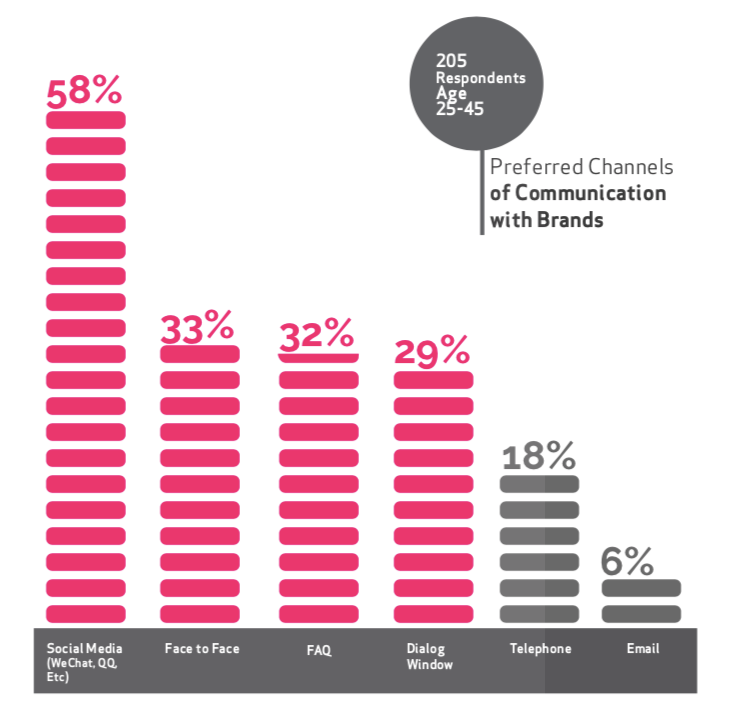The age of the internet is constantly changing the way we live and connect, and nowhere is this more apparent than in China. In the last five years, with the support of national policies, e-commerce has become the ‘new normal’ for business in China. And in order to be successful in this highly competitive arena, companies are being pushed to provide an ever more personalized user experience.
This has led to the emergence of ‘conversational commerce’ which allows consumers to regularly and easily engage in communication with brands across apps, social media and chat software. During this time, the China market has also seen a marked increase the adoption of a new technology designed to support this increasingly digitized conversations between brands and their consumers – chatbots.
We decided to take a deep look into the adoption of this new technology and how it might shape marketing practices in the world’s second largest economy. Our latest whitepaper, ‘Chatbot China – The Rise of Conversational Commerce’, includes first-hand data from over 1,000 Chinese consumers and includes insights into how the Chinese market is evolving and been shaped by new innovations.
The applications of chatbots in China have been applied to multiple industries. Baidu launched its virtual personal assistant ‘Duer’ to help consumers search for information, buy tickets, and order meals. Taobao.com introduced its Artificial Intelligence (AI) bot ‘Alime’, which has been gradually taking on more of platform’s huge customer service operations. China Mobile launched its customer service bot ‘Yiwa’; Pacific Life launched ‘Xiaomai’. And NetEase has started to build its own AI team, launching a fully intelligent cloud customer service product ‘NetEase Qiyu’.
The driver of this adoption has partly been the Chinese government’s focus on AI and its rollout of policies designed to help with the expansion of tech talent and advancement. It’s little wonder that McKinsey predicts, the Chinese AI market will grow by 50% annually; much faster than the expected 20% compound annual growth rate (CAGR) of the global market.
As AI capabilities in China accelerate, the application of chatbots will become faster and their responses more accurate, facilitating a more user-friendly and intelligent AI-driven conversational interface. Chinese organizations have already seen the potential of automated conversation via chatbots – they can be integrated into diversified scenarios and used in various industries such as finance, retailing, e-commerce, business management and entertainment.

Our latest whitepaper can offer insights into:
- The preferred communication channels with brands for Chinese consumers
- First impressions when using chatbots
- Advantages of chatbots to marketers
- Anticipated industry adoption of chatbots
Find out what the future holds for chatbots in the world’s second largest economy here.


